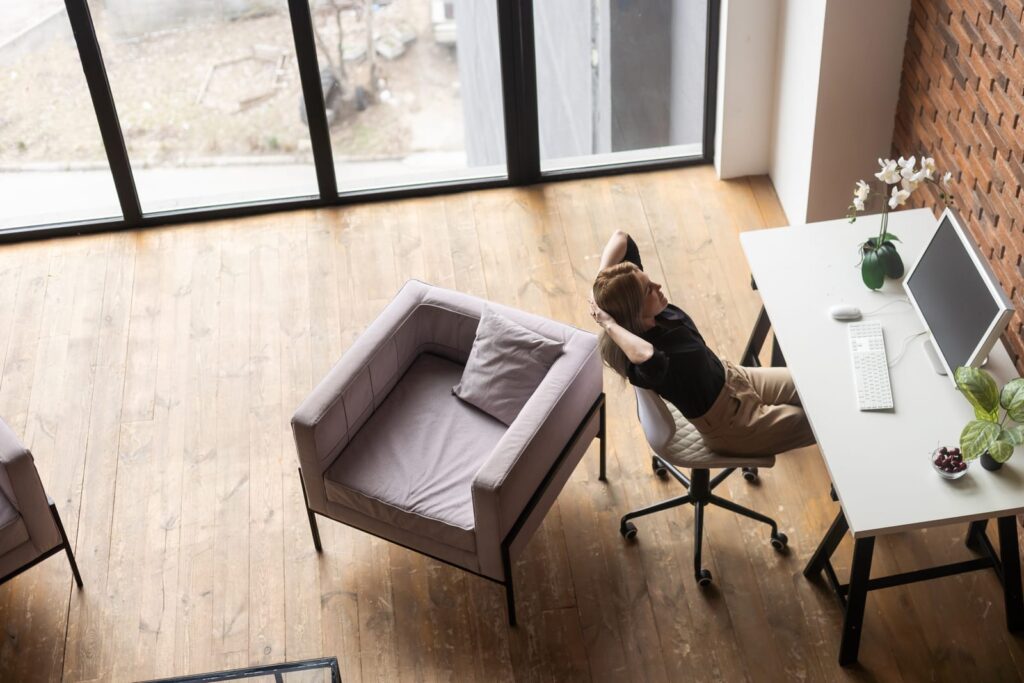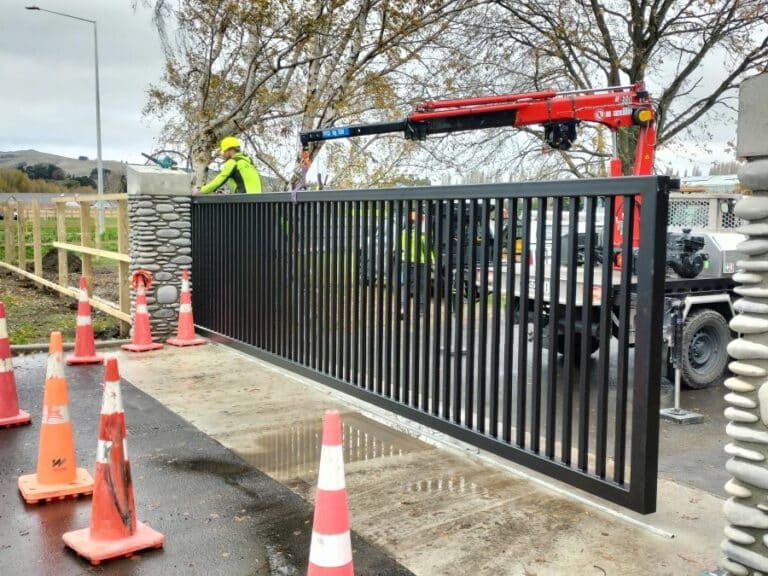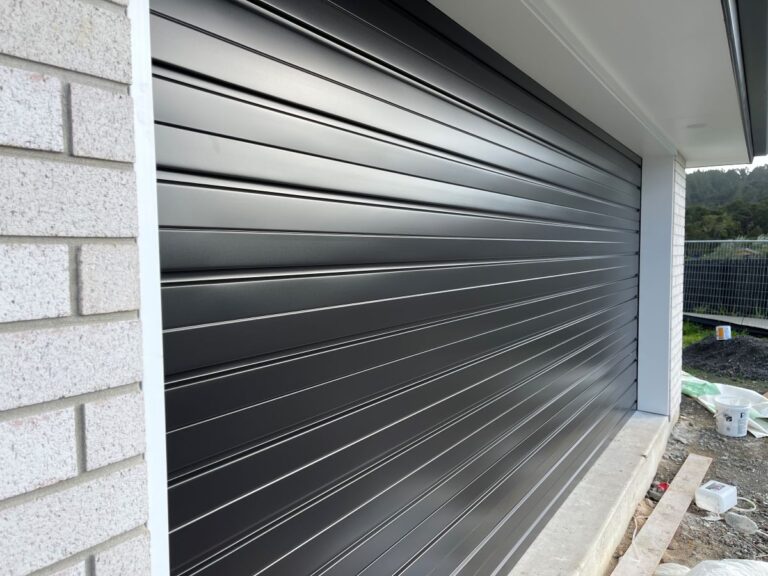Working from home has become an increasingly popular option for professionals seeking flexibility and a better work-life balance. However, creating an effective home office setup is crucial for maintaining productivity and achieving professional success.
A well-designed workspace can significantly impact your output and overall satisfaction with your work. In this article, I will guide you through the process of choosing the best home office setup to maximise your productivity.
Assessing your needs and requirements
Before diving into the specifics of setting up your home office, it is essential to assess your needs and requirements. Consider the nature of your work and the tasks you perform on a daily basis.
Do you need a large desk for paperwork or multiple monitors for graphic design?
Are you frequently on video calls and require a quiet space for meetings? Understanding your specific needs will help you make informed decisions when selecting furniture, equipment, and overall layout for your home office.
Choosing the right location for your home office
Selecting the right location for your home office is crucial for creating a productive workspace. Ideally, choose a room with natural light and minimal distractions.
Consider the proximity to common areas in your home, such as the kitchen or living room, as excessive noise or foot traffic can disrupt your focus.
Additionally, if you anticipate frequent client meetings or the need to receive packages, opt for a location near the entrance of your home for convenience.
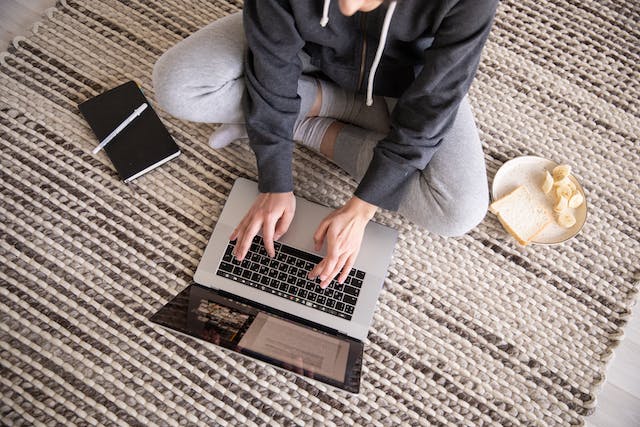
Essential equipment and furniture for a productive home office
Investing in high-quality equipment and furniture is essential for a productive home office setup. Start with a comfortable and ergonomic chair to support your posture and prevent back pain. A spacious desk with adequate storage will help you stay organised and maintain a clutter-free workspace.
Depending on your specific needs, consider investing in a reliable computer, printer, and other essential peripherals. While it may be tempting to cut costs, remember that quality equipment can improve your efficiency and overall output.
Ergonomic considerations for a comfortable and healthy workspace
Creating an ergonomic workspace is crucial for your comfort and long-term health. Ensure that your chair is adjustable and provides proper lumbar support. Position your computer monitor at eye level to avoid straining your neck.
Invest in a keyboard and mouse that promote a natural hand position, reducing the risk of repetitive strain injuries.
Additionally, take regular breaks to stretch and move around, as sitting for extended periods can be detrimental to your health. Prioritising ergonomics in your home office setup will help you maintain productivity without sacrificing your well-being.
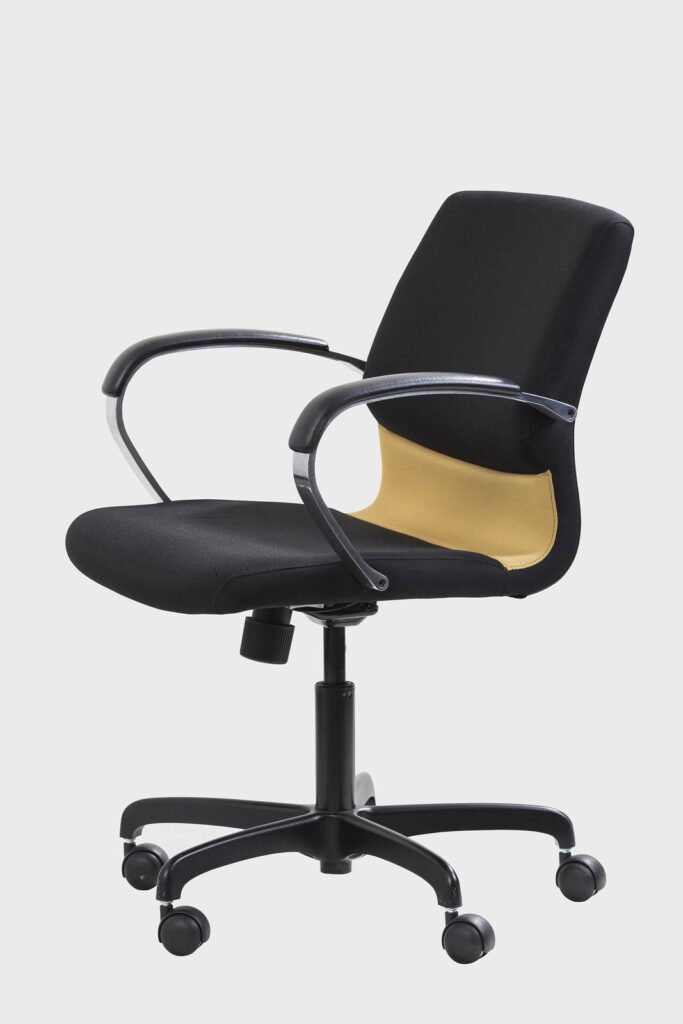
Setting up your computer and peripherals for maximum efficiency
Your computer and peripherals play a significant role in your productivity. Take the time to optimise their setup to maximise efficiency. Keep cables organised and out of sight to minimise visual clutter.
Utilise cable management solutions, such as cable clips or sleeves, to create a clean and organised workspace. Ensure that your computer is equipped with sufficient memory and processing power to handle your workload without slowing you down.
Consider investing in a second monitor to enhance multitasking capabilities. By setting up your computer and peripherals for maximum efficiency, you can streamline your workflow and increase your output.
Organising your home office for optimal productivity
An organised home office is essential for optimal productivity. Create a filing system for documents and paperwork, whether physical or digital, to easily locate and retrieve information.
Use storage solutions such as shelves, drawers, or filing cabinets to keep your office supplies, stationery, and reference materials neatly organised.
Implement a minimalist approach to decor to minimise visual distractions. A clutter-free and well-organised workspace will help you stay focused and complete tasks efficiently.
Creating a distraction-free work environment
Working from home can present numerous distractions that can hinder your productivity. To create a distraction-free work environment, establish boundaries with family members or housemates, and communicate your work schedule and the need for uninterrupted time.
Use noise-cancelling headphones or play ambient background music to drown out external noise. Consider setting up a physical or virtual barrier, such as a room divider or screen, to create a visual separation between your workspace and the rest of your home.
By minimising distractions, you can maintain focus and achieve higher levels of productivity.
Utilising Technology and Productivity Tools in your Home Office
Technology and productivity tools can significantly enhance your workflow and efficiency in a home office setup. Take advantage of project management software to track tasks, set deadlines, and collaborate with colleagues. Utilise cloud storage solutions to access files from anywhere and ensure data security.
Explore time management apps to schedule your workday effectively and stay on track. Experiment with productivity techniques, such as the Pomodoro Technique or time blocking, to optimise your productivity.
Embracing technology and productivity tools will empower you to work smarter and achieve more in your home office.
Maintaining and optimising your home office setup
Once you have set up your home office, it is crucial to maintain and optimise it for continued improved productivity. Regularly clean and declutter your workspace to promote a sense of organisation and focus. Assess your setup periodically to identify areas for improvement or upgrades.
Stay informed about new technology trends and ergonomic advancements to ensure your home office remains up-to-date and aligned with best practices.
By maintaining and optimising your home office setup, you can sustain high levels of productivity and work efficiently for years to come.
Conclusion
Creating an effective home office setup is a vital step in improved productivity and achieving professional success. By assessing your needs, selecting the right location, investing in essential equipment, prioritising ergonomics, and utilising technology and productivity tools, you can create a workspace that promotes focus, organisation, and efficiency.
Remember to maintain and optimise your setup regularly to ensure continued productivity. With a well-designed home office, you can increase your output, enhance your work-life balance, and thrive in your remote work environment.
